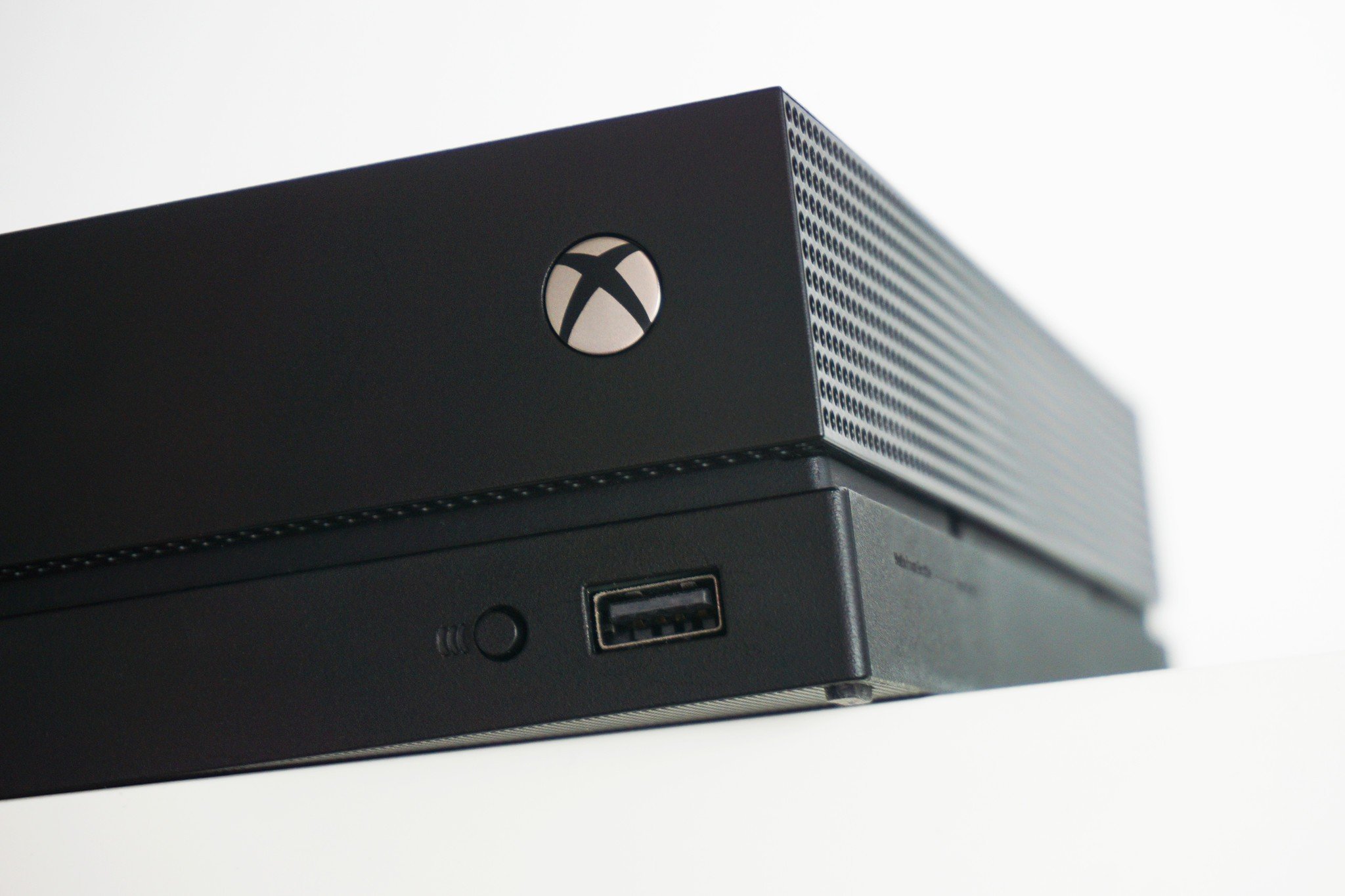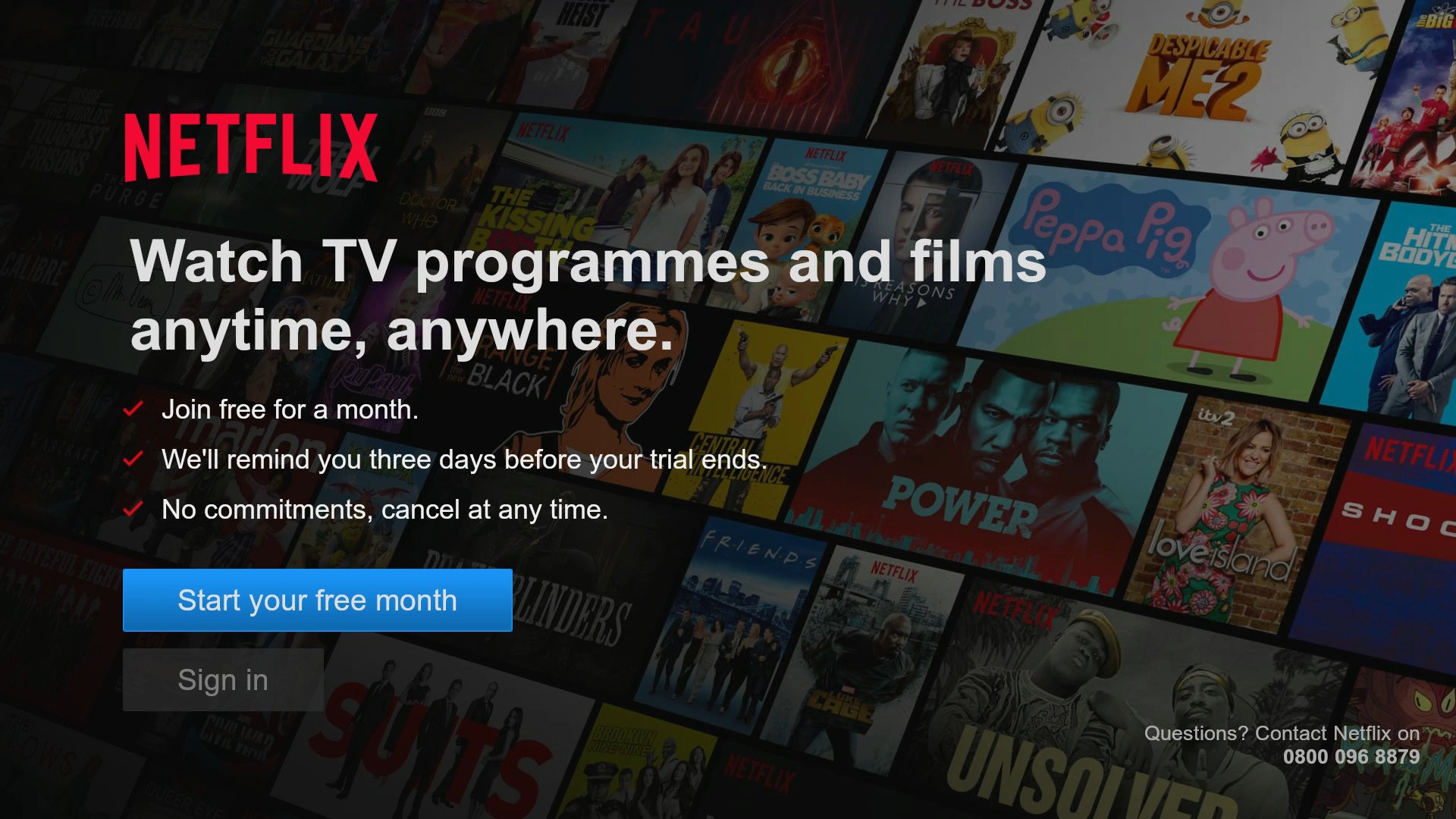Xbox One Dolby Vision HDR: Everything you should know
With Dolby Vision coming to Xbox One, we've wrapped up all the details you need.

Microsoft's top Xbox One consoles sport High Dynamic Range (HDR) support, further enhancing visuals for supported games and videos. It's now delivered a highly-anticipated firmware update with support for "Dolby Vision." Bringing potential visual upgrades and new content to the platform, we've wrapped up what you need to know about its arrival.
Dolby Vision basics explained

Dolby is among the leaders of progressive media technologies, with its name attached to audio and video solutions used worldwide. Dolby Vision is its in-house HDR technology, promising improved image handling across supported displays. Its various benefits help colors look richer, ensures an increased contrast ratio, and generally pulls more details from images. While the HDR10 standard is a common rival, Dolby Vision builds on the same technology, essentially pitched as "premium" variant.
Dolby Vision vs HDR10 on Xbox One

Both Xbox One S and Xbox One X previously offered full HDR support, with gains across supported games and videos. Until now, Microsoft has limited its HDR support solely to the HDR10 standard – a widely adopted royalty-free solution. While Dolby Vision is superior on paper, its license fee for manufacturers has often made HDR10 the preferred solution. Regardless, a fair share of both hardware and software solely supports the Dolby Vision technology.
Dolby Vision primarily extends the potential of HDR10 technology with improved color tuning. Its unique dynamic metadata is processed on a frame-by-frame basis, allowing color settings and brightness to be optimized on the fly by displays. The result is an improvement in color accuracy, in accordance with the current scene.
The Dolby Vision standard also supports more colors and higher brightness on select displays. While HDR10 can support 10-bit panels capable of displaying over 1 billion potential colors, Dolby Vision can 12-bit panels with over 68 billion variants. Similarly, Dolby Vision accommodates for 10,000 nit displays for over double the peak brightness of HDR10's 4000 nit limitation. Although benefits variant between hardware and content, Dolby Vision has the capability to overshadow HDR10 in many circumstances.
How to use Dolby Vision on Xbox One

Microsoft has released Dolby Vision support on Xbox One, which opens the console to a new pool of HDR content. Initially, support is limited to video streaming applications, starting with Netflix's existing Dolby Vision video library. Although an initial report from CNET claimed Blu-ray disc support is in the pipeline for this fall, Microsoft has since confirmed this is not the case.
To take advantage of Dolby Vision, you'll need an Xbox One S or Xbox One X connected to a compatible display. Formal support is limited to just a strict pool of 2017/2018 models from LG, Sony, and Funai right now, meaning your Dolby Vision display might be excluded. Luckily, we've wrapped up a list of every display compatible with Xbox One Dolby Vision today.
All the latest news, reviews, and guides for Windows and Xbox diehards.
Check our full guide for step-by-step details on using Dolby Vision HDR on Xbox One.
How to use Dolby Vision HDR on Xbox One
Expanding your range
Dolby Vision is a major addition to Xbox One, further solidifying the console's capabilities as a cohesive entertainment center. Are you planning to use Dolby Vision? Drop into the comments section below with your thoughts on the technology.
How to enable HDR for Xbox One X on popular 4K TVs
Updated October 11, 2018: Refreshed following the October 2018 Xbox Update public release.

Matt Brown was formerly a Windows Central's Senior Editor, Xbox & PC, at Future. Following over seven years of professional consumer technology and gaming coverage, he’s focused on the world of Microsoft's gaming efforts. You can follow him on Twitter @mattjbrown.
